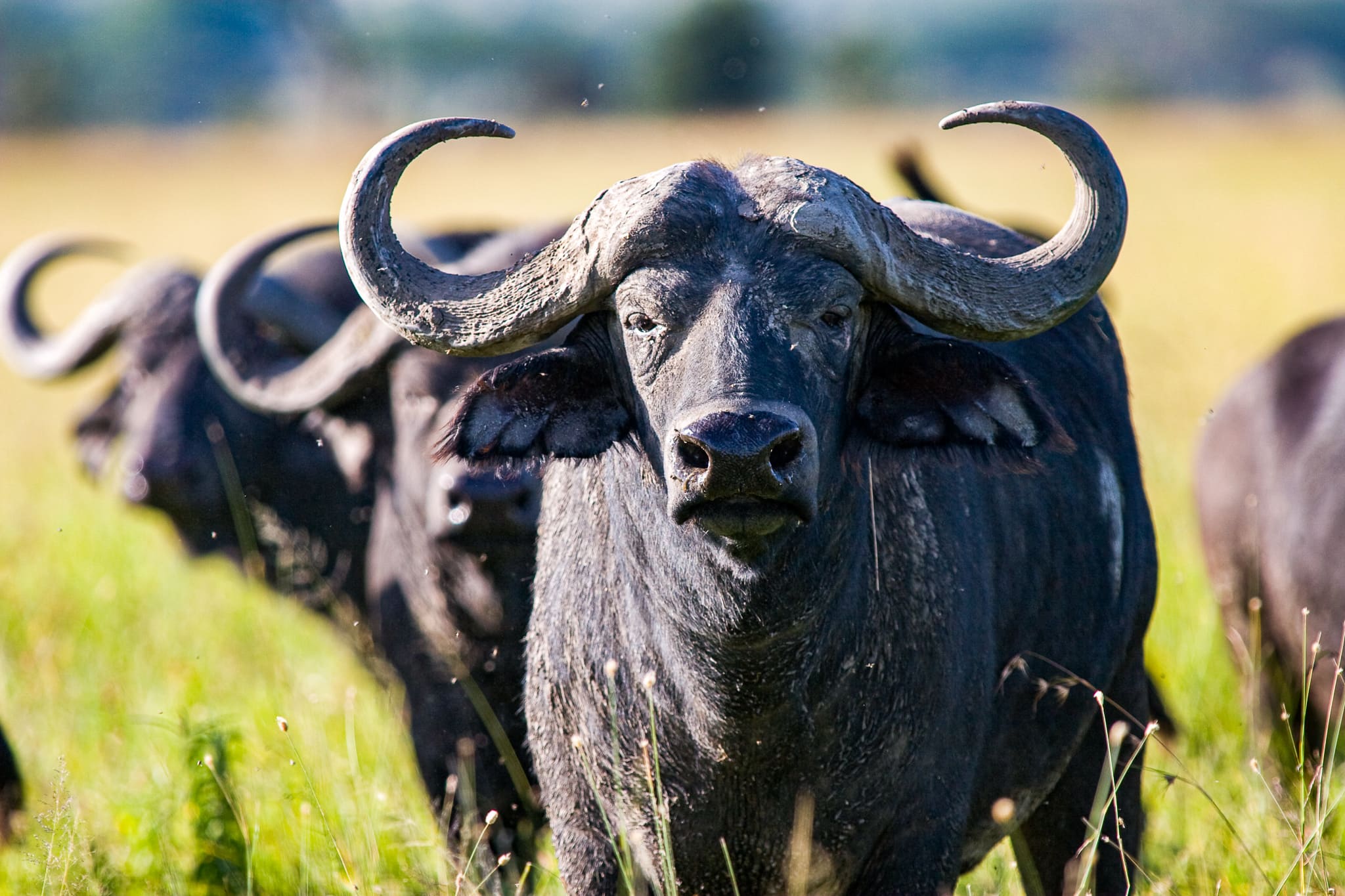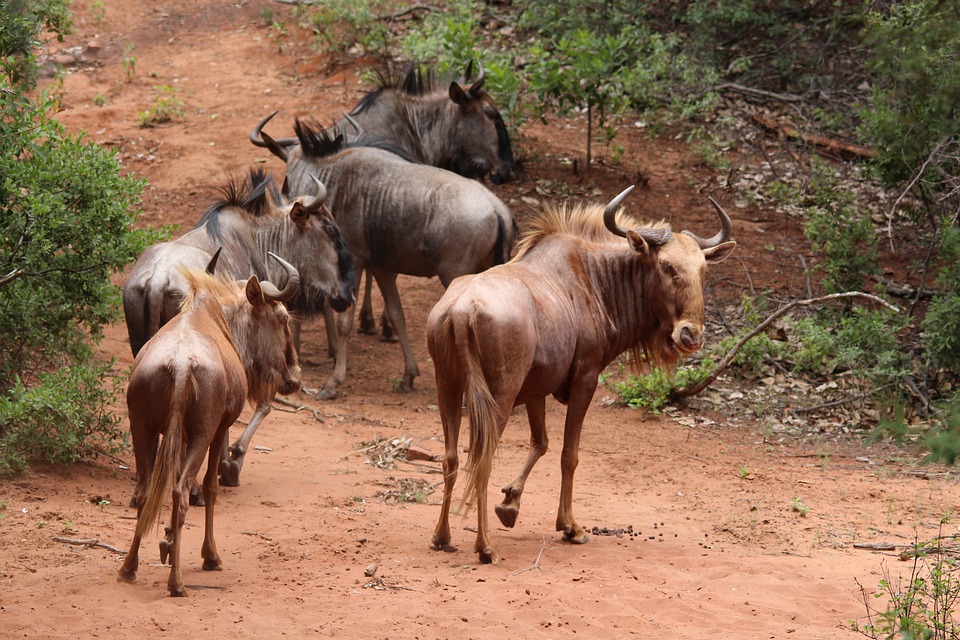Katavi National Park
Katavi National Park, 35km southwest of Mpanda, is Tanzania’s third-largest national park (together with two contiguous game reserves the conservation area encompasses 12,500 sq km) and one of its most unspoiled wilderness areas.
Katavi characterizes good general wildlife viewing in the dry season, hippo pods converge in spectacular numbers in the dry season, unusual antelope species, like sable and roan and very exclusive and doesn’t get crowded
Though it’s an isolated alternative to more popular destinations elsewhere in Tanzania (Serengeti National Park receives more visitors per day than Katavi does all year), the lodges are just as luxurious as anywhere else. For backpackers it’s one of the cheapest and easiest parks to visit, if you’re willing to take the time and effort to get there.
Udzungwa National Park
Udzungwa Mountains National Park is one of most outstanding , pristine, paradise and unique exciting wilderness mountains forested with greatest altitudinal range of forest in Tanzania. It is one of thirty-four World Biodiversity Hotspot and one of 200 WWF Ecoregion of global critical importance.
What to do:
From a two-hour hike to the waterfall to camping safaris. Swimming The Mountain ranges as a couple of waterfalls most notably Sanje falls. a magnificent 170M high falls. Udzungwa wildlife Hike the mountain and you will love the wildlife at your viewing disposal especially the Udzungwa red colubus monkey and birdwatching.
Mikumi National Park
The open horizons and abundant wildlife of the Mkata Floodplain, the popular centerpiece of Mikumi, is often compared to the more famous Serengeti Plains. The park is very accessible by surfaced road from Dar es Salaam. The grasslands of Mikumi support large herds of zebra, wildebeest, buffalo and impala. Giraffe and elephant are also common. Predators, like lions and spotted hyena, are present but sightings are relatively rare.
Activities
Game driving, birdwatching, walking safari
Suitable for a weekend get-away from Dar es Salaam
Best time to visit : June – November.
Kitulo National Park
This national park protects the flower-clad Kitulo Plateau, together with sections of the former Livingstone Forest Reserve, which runs south from the plateau paralleling the Lake Nyasa shoreline. The area, much of which lies between 2600m and 3000m in the highlands northeast of Tukuyu, is beautiful, and a paradise for hikers, although tourism infrastructure is almost non-existent. The park reaches its prime during the rainy season from about December until April, when it explodes in a profusion of colour, with orchids (over 40 species have been identified so far), irises, aloes, geraniums and many more flowers carpeting its grassy expanses.
Rising up from the plateau is Mt Mtorwi (2961m), which is 1m higher than Mt Rungwe and southern Tanzania’s highest peak. The best months for seeing the flowers are December through March, which is also when hiking is at its muddiest. Orchids are at their peak in February.
Ruaha National Park
Ruaha park is largest national park in Tanzania, offers excellent wildlife viewing and is particularly good for spotting predators, including very large prides of lions and the endangered wild dogs. All big cats are regularly seen and wild dogs are the star attraction. They are especially easy to find when denning. Several antelope species that are rare or absent in Northern Tanzania, like greater and lesser kudu, roan and sable antelopes, are often encountered.
The main feature of the park is the Great Ruaha River, which attracts loads of animals in the dry season. The dominant vegetation is brachystegia woodland and some areas are dotted with the impressive baobab tree.
Best time:
For predators and large mammals, dry season (mid-May-December); bird-watching, lush scenery and wildflowers, wet season (January-April). The male greater kudu is most visible in June during the breeding season.
Selous Game Reserve
is one largest faunal reserves of the world, but most of it has been set aside for hunting. The game viewing area open to the public is relatively small, but very rewarding with many predator sightings and excellent boat safaris on the Rufiji River The Rufiji River is teeming with hippos and crocodiles and the birdlife is fantastic. Lion sightings are very common as the opportunistic creatures tend to laze around the lakes waiting for animals coming to drink. One of the main attractions of the park is its large population of wild dogs.
Activities are: Top wildlife viewing in the dry season, fishing,walks and boat safaris are available, lions are easily found at the lake shores,one of the best places in East Africa to encounter wild dogs,excellent mid-range and luxury lodges and no large-scale accommodations.




